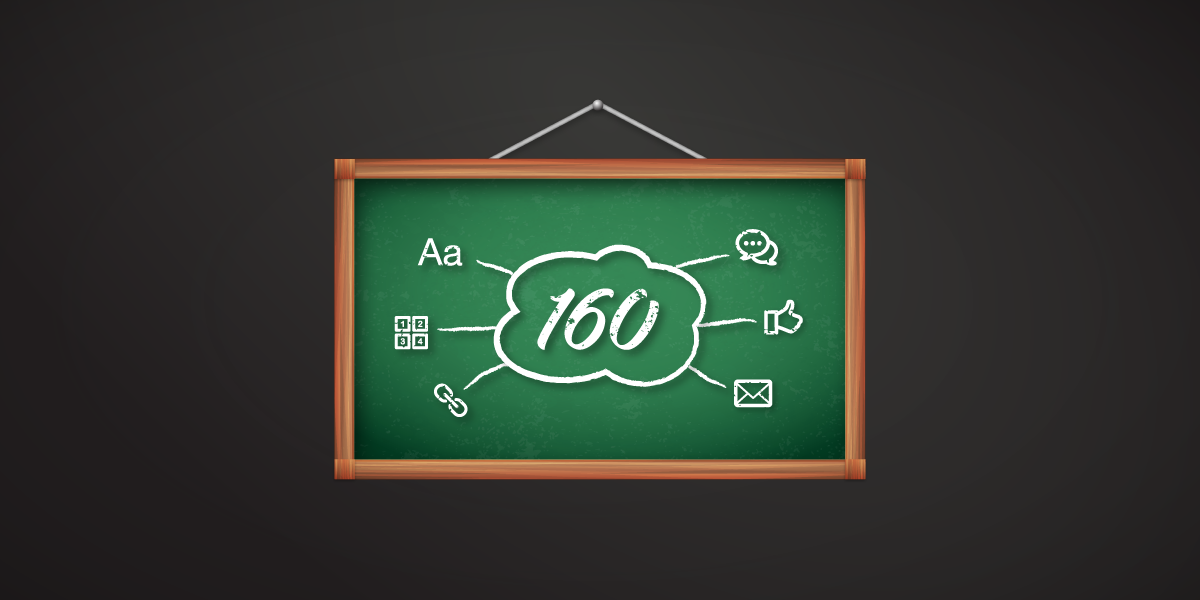1.1 The History of SMS

In 1985, a German engineer named Friedhelm Hillebrand was responsible for deciding how long an SMS would be. After sitting behind his typewriter writing multiple messages, he noticed that all of his words were usually under 160 characters. Through this examination, Friedhelm concluded that 160 characters (140 bytes) would be the perfect number to send in a message. Soon after, Matti Makkonen, a Finnish engineer, would invent SMS messaging, laying the groundwork for telecom companies to integrate with phones the following year.
Nokia’s Debut
Nokia debuted its first mobile phone equipped with SMS functionality one year after its invention. When SMS messaging started working cross-networks in 1999, it exploded in popularity in 2002, with over 250 billion text messages sent worldwide.
After the year 2000, the marketing industry realised that people who were able to receive SMS could also receive marketing-based messages. Thus, A2P messaging (application-to-person) was born.
The Rapid Expansion of SMS
SMS is the most widely used data application in the world, and it houses over 5.2 billion unique mobile subscribers and over 8 billion SIM connections.
Usage of SMS varies internationally, but its flexibility has come a long way. From notifications, reminders, alerts, and survey interaction, the humble SMS offers a slew of fantastic options.
Although WhatsApp, Facebook Messenger, Line, and other popular internet-based apps lead peer-to-peer messaging, SMS still holds the title for being the most ubiquitous. Every mobile phone in the world is capable of receiving SMS, and the A2P market is still growing at a steady rate because of this.

1.2 160 Characters is All You Need
The continued longevity and success of SMS, along with the popularity of services like Twitter, are an indication of how a limited number of characters makes people more likely to read. People today are able to digest a short message with a single glance, reducing the time and commitment needed to understand information, which produces a staggering 98% open rate.
Today, marketers have roughly 2-3 seconds to grab a person’s attention, and it’s within this timeframe that they need to make enough of an impact on their messaging to prompt user action. Whatever medium you decide to use, the first 160 characters are a determining factor in the overall success of your campaign.
If you are interested in learning more, we recommend you check this article on how you can make the best of those 160 characters:

1.3 Character Count & Concatenation
A standard SMS is typically 160 characters long, but that doesn’t mean you can’t go over that limit. Each character takes up more data, and some require more than others, so we recommend that you learn about the process of concatenation by following the link below:

1.4 Terminology
There is a surprisingly extensive list of glossary terms and definitions in the SMS world. Consider reviewing them by following the link below:
Application to Peer Messaging (A2P)
Application-to-Peer (A2P) messaging refers to online SMS services that talk to carriers and send text messages to personal mobile phones. Typical usage of A2P messaging includes SMS reminders and notifications, voting surveys, SMS marketing, and two-factor authentication.
Peer to Peer Messaging (P2P)
Peer-to-Peer (P2P) messaging refers to sending messages from one phone to another. An SMS can be sent to any other phone in the world using a series of carrier agreements called Interconnects.
Carriers (MNO)
In the SMS world, carriers go by several names: MNO’s (Mobile Network Operators), Telcos, or MNP’s (Mobile Network Providers). In Australia, we have three core carriers: Telstra, Optus, and Vodafone.
All carriers sell text messages like they do phone calls. When a carrier sends a message to another carrier, it charges an interconnect fee, which varies in cost from carrier to carrier, and it’s why it costs more to communicate internationally.
Short Message Service (SMS)
SMS stands for Short Message Service and is usually referred to as a text message. People can send and receive SMS using a built-in application on most modern mobile devices.
SMS operates as infrastructure, meaning that it doesn’t require an internet connection as they transmit over carriers on a separate system.
Many use the term SMS broadly, but it typically refers to user activity or direct marketing, such as SMS marketing.
Multi-Media Messaging Service (MMS)
MMS, or Multimedia Message Service, allows you to deliver a variety of media, including videos (depending on file size), images, image slideshows, or audio.
It’s a standard feature request for online SMS services to have. While sending images or videos is a good idea for big promotions, there can be several potential challenges. MMS requires more data because the content is more data-heavy, so it typically costs more to send and structure, which may reduce margins for businesses. Additionally, not all recipients are open to receiving multimedia files, which is also something to consider. That’s why most businesses that utilise SMS use embedded links when sharing rich media. It’s more affordable, flexible and is easier to control when sharing information. Also, with additional link shortening tools, it’s easier to convey your message while staying within the 160 character limit.
Another common request is the ability for virtual numbers to receive images via MMS. These types of services are available but are expensive and usually incur setup fees.








